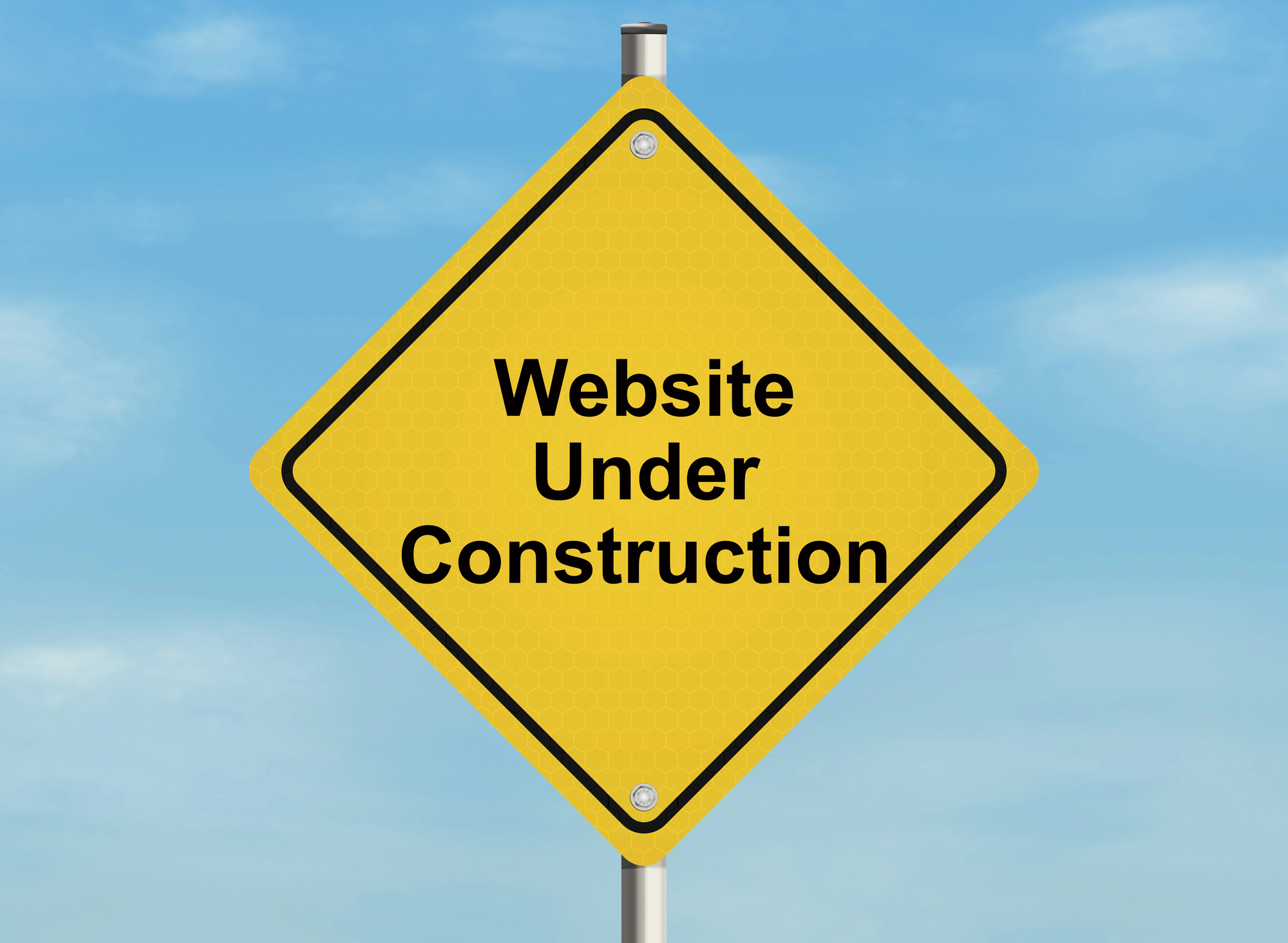Is it Time for a Website Redesign? 10 Common Signs to Look Out For
Our guess is that you decided to make a website the first point of contact between your business and potential customers.
This is a smart move. However, the design and development doesn’t stop there. Website trends and SEO practices are always evolving, making it pertinent to stay on top of updating your website.
Frequently, we see awesome businesses with websites that have become outdated, leading to missed opportunities and an unfavorable user experience….so, what can business owners do to prevent this from happening? How are you supposed to know when it's time for a website redesign? Here are 10 common signs to look out for.
Outdated Appearance: If your website looks like it's stuck in a time warp, with outdated fonts, colors, and design elements, it's probably time for a refresh.
Slow Loading Speed: Slow-loading pages can drive visitors away. If your website takes too long to load, it's time to optimize it for speed.
Poor Mobile Responsiveness: Let’s face it- everyone is on their smartphone these days. A website that doesn't display properly on smartphones and tablets can be a major turn-off for users.
High Bounce Rate: A high bounce rate indicates that visitors are leaving your site quickly. This could be due to poor content, a confusing layout, or other usability issues.
Declining Traffic: If your website's traffic has been steadily decreasing, it may be because your site isn't meeting users' needs or isn't ranking well on search engines.
Low Conversion Rates: Your website should convert visitors into customers or leads. If it's not doing so effectively, it's time to reevaluate its design and content.
Outdated Content: If your site has old information, broken links, or obsolete products or services, it can damage your credibility and frustrate users.
Non-Compliance: Websites must adhere to accessibility, security, and other web standards. Non-compliance can lead to legal issues and a poor user experience.
Difficulty in Updating Content: If you find it challenging to update your website or if you rely on a developer for every small change, it may be time to move to a more user-friendly content management system (CMS).
Competitor Advancement: If your competitors' websites have evolved, offering better features and functionality, you risk falling behind if you don't keep up.











